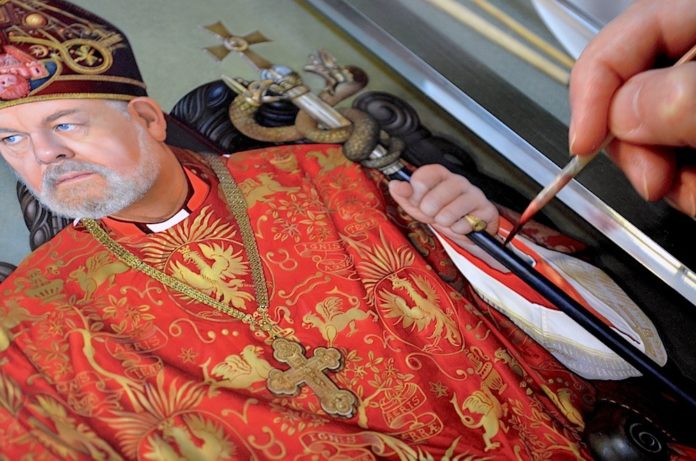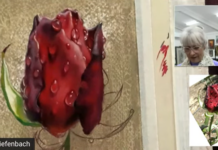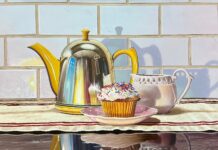On Painting with Egg Tempera > The expression “Greatness is in Simplicity” could not be better suited for this organic and valuable technique.
BY ELENA VLADIMIR BARANOFF
One fine London summer’s day, while great white pelicans basked in sunlight on the lake, we originated a restoration of the legendary egg tempera art medium, sitting on a St. James’s Park bench.
Everyone knows Florentine masters Sandro Botticelli, Domenico Ghirlandaio, Fra Filippo Lippi, and deeply admires their astounding art, and the brilliant, velvety colors of their paintings—that is egg tempera, one of the most historic fine art techniques known to mankind.
Up to the sixteenth century, it was the supreme medium of choice, tracing its early beginnings back thousands of years. In Europe, during the Middle Ages and Early Renaissance, having reached perfection, egg tempera gradually gave way to the newly adopted oil paint.
The expression “Greatness is in Simplicity” could not be better suited for this organic and valuable technique. At its base are natural ingredients, various mountain rock and earth stones ground to fine powder, water and egg yolk.
Prepared with traditional emulsion, this time-honored medium is valued for the intensity and radiance of colors, remaining constant for centuries. Nothing can compare to the beauty of its hues. Remarkably steadfast to various external influences, such as moisture and atmospheric fluctuation in temperature, egg tempera is a medium for all time.
However, fine artists unsparingly replaced such a tried and true technique. Practical and technical motives served as reason for such a turn of affairs. As the latest painting method, oil presented artists with appealing features, including its blending qualities and ability to faster and more easily achieve the effect of volume. The medium required much more time-consuming effort to accomplish similar results.
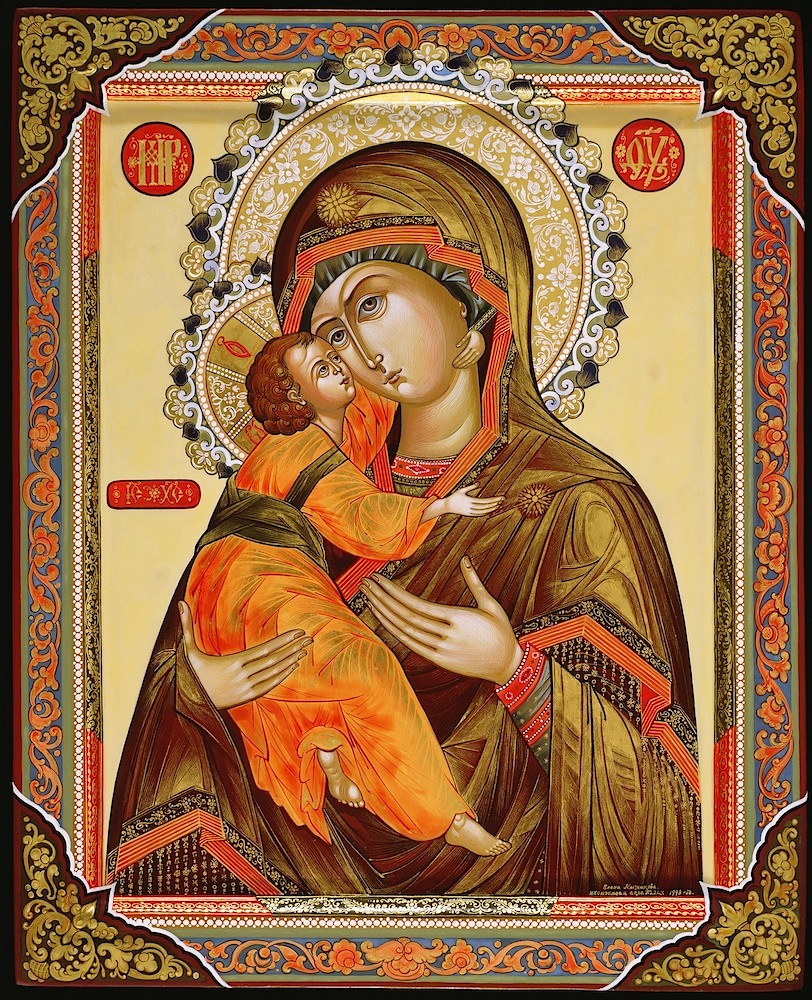
The pliable canvas did well for oil; its light weight made economic sense for transportation and sale of artwork. Egg tempera demanded a rigid surface, with wood serving as the best foundation.
Only time revealed the qualities of each art technique.

With linseed oil most widely used as its binder, oil paint exhibits effects of dullness, yellowing and darkening with age. Rather fragile, it is vulnerable to cracking, and completely defenseless against the expansion and contraction of its stretched linen or cotton canvas support.
Egg tempera artworks from five, six and more centuries ago look as though they were created only yesterday, so lustrous and eternal. Painted thin layer by thin layer on a wood gesso board, the medium grows stronger by the day, with egg yolk serving as its joining ingredient.
The enduring characteristics of this widely forgotten marvel are truly a gift to fine art.
Literally anyone can hand-prepare egg tempera; however, there are certain subtleties and secrets, long cherished and protected by a tight circle of masters, which get passed on exclusively to dedicated followers and pupils.
It is a medium not easily conquered in its practice, unyielding at first but ultimately sharing its wondrous qualities with tenacious and passionately spirited artists, who are willing to undergo a long journey to gain invaluable learning and skill.
I was most fortunate to inherit knowledge of preparing egg tempera and the unique painting methods from some of the most accomplished and legendary Russian miniaturists, direct successors of renowned Palekh icon writers, during my five long years of study.
Professor Boris Nemtinov, an Honorary Artist of Russia, generously shared his wisdom with me, just as he learnt from his mentors, and they from theirs, going back for generations.

After gaining a diploma, and having become a master of egg tempera in my own right, I perfected this rare technique of painting in my artwork. I’ve now used it for almost 35 years, first starting with miniatures and icons and advancing to creative compositions and fine portraiture.
It was a period of ongoing exploration, analysis, and experimentation during my time in America and England. To this day, I continue to discover new and endless opportunities that the medium presents.
“I paint exclusively in water-egg yolk-based tempera, which is most genuine and true.”
Nowadays, when this technique is virtually lost to fine artists, there is great lack of in-depth understanding of the medium, and the unique method of its preparation and implementation.
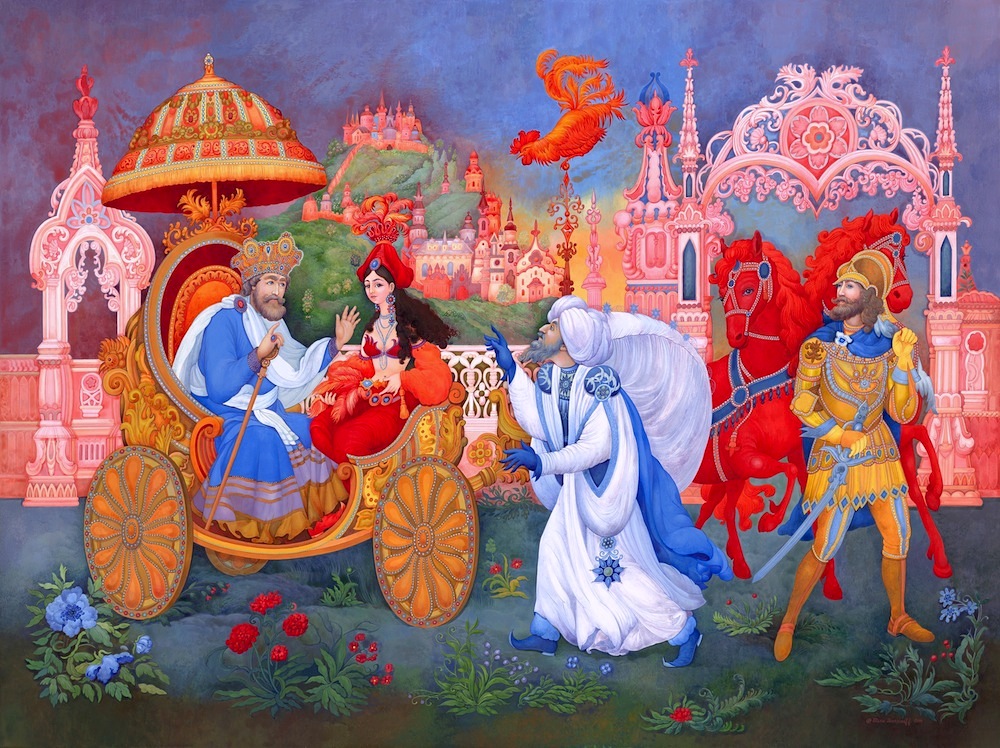
Many believe Il Libro dell’Arte by Cennino Cennini, the Italian artist and writer, to be the book of books where egg tempera technique is concerned. However, Cennino did not reveal and share all aspects in his technical guide for the apprentice, leaving out the most significant details.
In the absence of knowing teachers, enthusiasts independently attempt to grasp egg tempera intricacies. Some even go as far as mixing egg emulsion with gouache, watercolor, oil, and pastel and falsely label the mixture “egg tempera.”
Such misleading exercises are fundamentally wrong, and ultimately damage the reputation of this historically important fine art technique.
During a London summer in 2013, I and my daughter Anastasia Elena Baranoff, a fifth-generation egg tempera fine artist, established a new direction in the history of art, proclaiming it the Egg Tempera Movement. We launched the movement with the honorable goal to form a rebirth of the ancient technique of egg tempera in fine art and advance it to prosperity in our modern society.
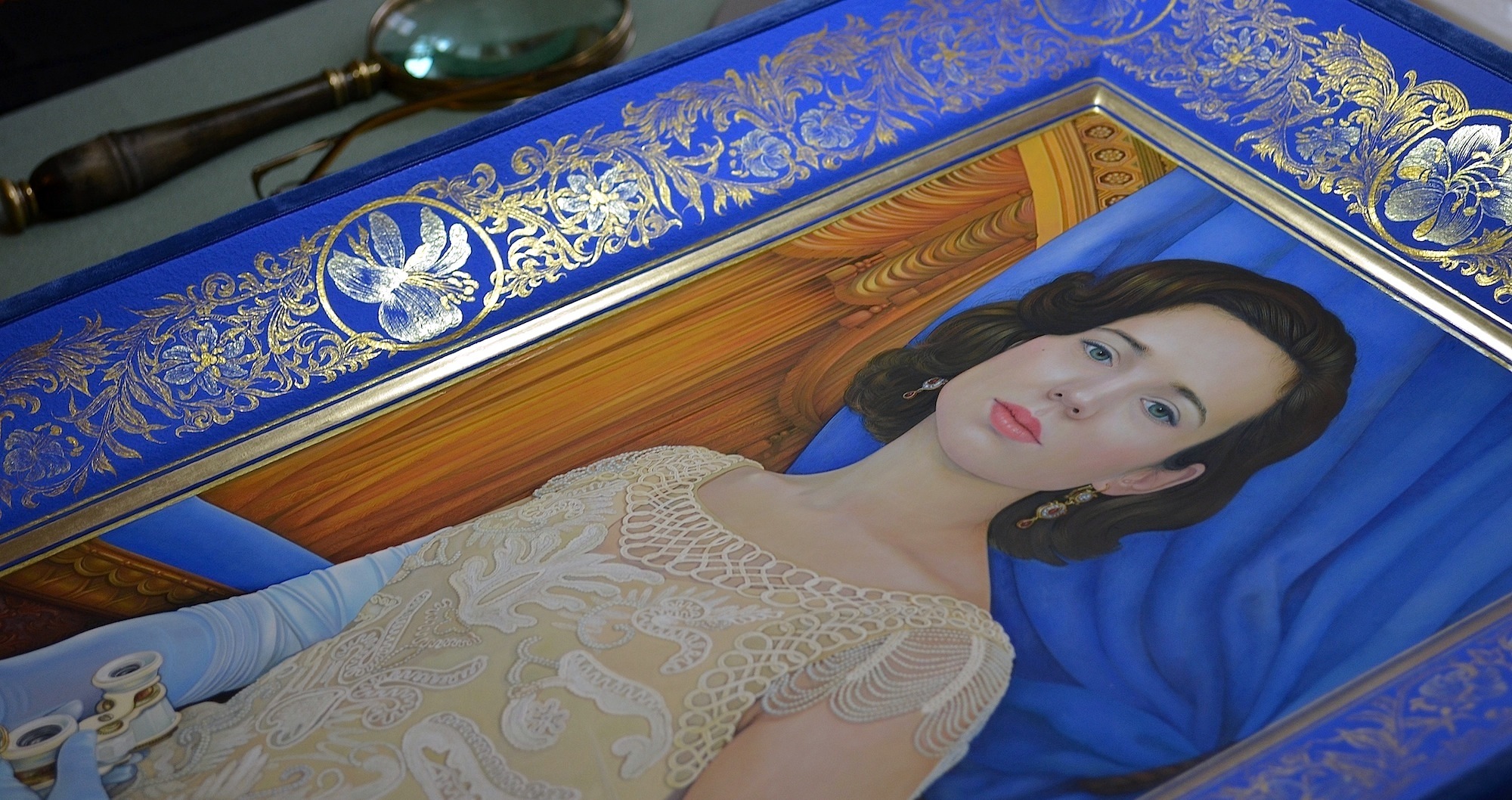
Owing its survival directly to the art of iconography and icon writers, egg tempera continued on through the generations, remaining authentic. As representatives of these centuries-old traditions, and applying them in our original fine art paintings to create a form of new expression by way of this enduring technique, we carry the medium on into the twenty-first century.
In an age when “instant” is demanded, artistry and skill are underrated, and fine art painting is living through a struggle, with its actual necessity being challenged, an egg tempera renaissance is especially vital. Such a renaissance sends out a message that by guarding, mastering and implementing such a unique technique of the past, we can create great art in the present, for the future.
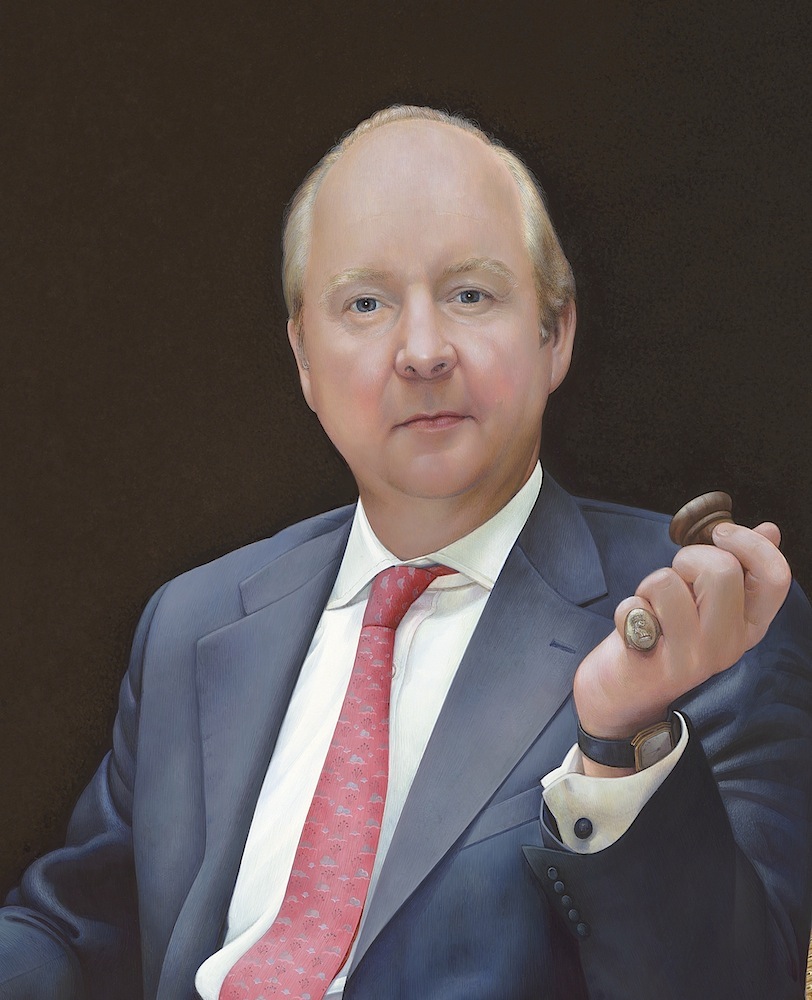
Connect with Elena Vladimir Baranoff at elenabaranoff.com.
- Visit PaintTube.tv to learn how to paint portraits and figures in the style of contemporary realism, and much more.
- Join us for the next annual Realism Live virtual art conference and study with the world’s best realism artists.
- Become a Realism Today Ambassador for the chance to see your work featured in our newsletter, on our social media, and on this site.


